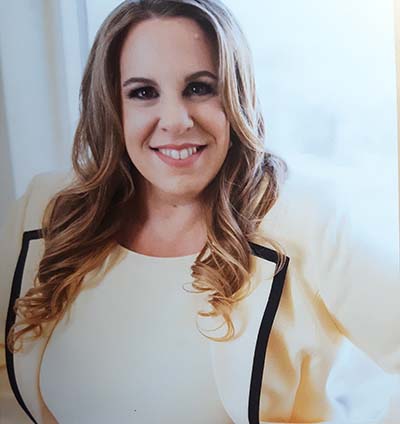Solving People Problems by Leveraging Process

“How many people work for you?” the CEO was asked. “About half of them,” was the reply.
You don’t have to be the CEO to relate. If you are a manager, project manager, business owner, or team lead, you probably find yourself regularly challenged by the differences in your team members. Some are rock stars. Others lack the knowledge, talent, or enthusiasm to function on their own and require a great deal of supervision.
Effective Leadership
Understanding how to get the most from all the players along that spectrum is, at the end of the day, the very definition of effective leadership. It is all about getting team members at all skill and interest levels to buy-in to the vision and move forward, applying their talents and passion to perform beyond minimum job requirements. Ideally, it is about team members, deciding for themselves, that they care enough to perform at a high level.
Motivating team members to provide this discretionary effort can be difficult. Many of us struggle with the challenge. After all, most of us were hired or promoted into management positions due to our technical competency and expertise, having demonstrated our own personal willingness to go above and beyond. We can be disappointed when we discover that others might not care about the work as much as we do.
It’s a natural progression. The best pipeline designer is the first person most engineering companies would approach if they needed a leader for that group. The most effective trainer is in the best position to be considered as the Talent Development Manager. The person with the most sales is a very natural fit to lead the business development effort, and so on. But technical success, as we know, is not always an accurate predictor of managerial success.
Making the Shift
The reason is simple. As individual producers (non-managers), we were responsible for our own, personal results. Our roles were primarily task or process-oriented. As managers, our responsibilities shift and we are now required to consider not just the tasks but also the relationships and people issues; issues between team members, issues between us and our team members, and issues between our work unit and the other work units in our organization. It is no longer just about getting the job done. Now we are forced to consider both production and people, adding a new and complex dimension to our jobs.
People issues? I once fired a bank teller supervisor for closing the branch one evening without securing the cash from the tellers’ drawers in the vault overnight, per established policy and procedure. His defense was that he was “tired”. In his termination meeting, he went as far as to blame his manager’s incompetence as the reason he was fatigued.
He challenged me, as the Human Resources (HR) lead, asking, “You really don’t want people working if they are not at their best, do you?” He even hinted that fatigue should be considered a legal, physical disability. You can imagine how quickly we allowed him the opportunity to work for one of our competitors. Ever have a similar experience? If you stay in a managerial role long enough, you will. It seems that some of the most rational, reasonable, well-intentioned people will occasionally short-circuit.
But take hope. While the frustrations of managing people can never be eliminated, they can be minimized. How? By applying a process model (something you probably know a lot about–tasks) to managing people (who can be very unpredictable–relationships). The benefits of applying a process model to our people challenges are significant.
In the next few installments, we will be digging deeper into the systems that can impact and resolve your people’s problems.
Portions of this text were contributed by Roger Ferguson, GHRM.
The post Solving People Problems by Leveraging Process appeared first on Business Advisor and Executive Coach | Doug Thorpe.




























Already a Member? Login Here.
Not Yet a Member? Join the Conversation Today!